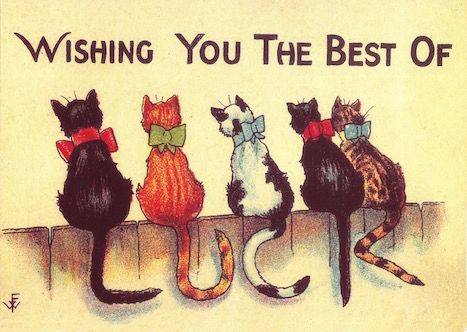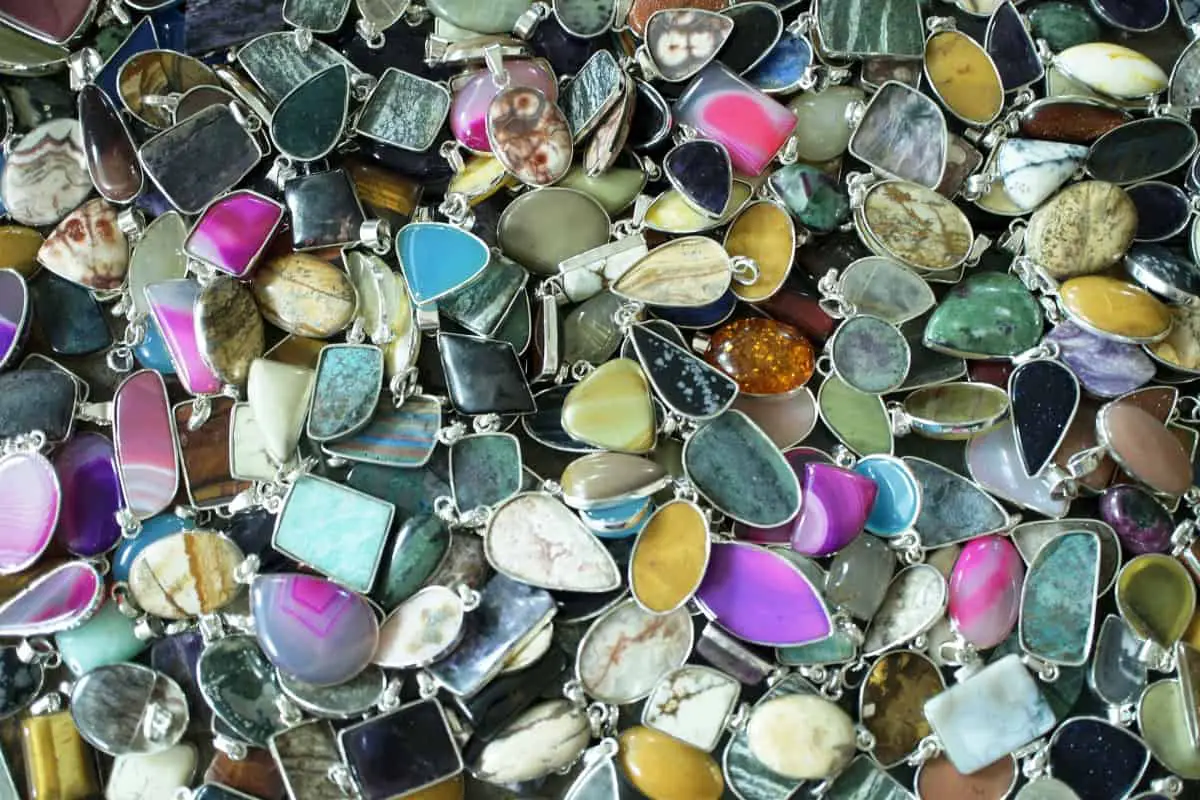The amulet and talisman are both charms worn on or near the body. They mean basically the same thing: Jewellery with magical significance particular to the owner or wearer. It might be something similarly portable, like a stone.
Charm powers fall into two main categories:
- brings luck (auspicious)
- averts evil (apotropaic)
Amulet comes from late 16th century Latin but talisman comes from an Arabic word meaning ‘magic picture‘.
For this reason, if a charm has a picture or an inscription on it, say, the names of the spirits, the Seal of Solomon or other mystical symbols, it’s more likely described as a ‘talisman’ than an ‘amulet’.
Amuletic and talismanic are the adjectives of amulet and talisman. Apotropaic is the adjective of ‘apotrope’.
Apotropes are specific kinds of amulets designed to ward off evil. The word comes from Greek and means ‘turn away’. This amulet features a protective symbol such as an eye. Eyes are thought to ward off the evil eye by staring right back at it. Or it might feature The Hand of Fatima.
Bigghes are ceremonial jewels worn by queens (the crown, garter, necklace, bracelet) and also witches. (See: Glossary of Witch Words)
The Bulla was a charm given to Roman babies. ‘Bulla’ means ‘bubble’ or ‘knob’. This was a sealed locket containing magic spells specific to the child e.g. symbols of protection or wishes for wealth. The Bulla was made out of leather or even gold, depending on the wealth of the family.
When Roman boys reached puberty they offered their bullae to the gods. Girls weren’t considered grown until the eve of their wedding, so kept it until then.
We can see a similar culture at play in a European fairytale such as Sleeping Beauty, in which the princess is given beauty at her birth (with a Deal With The Devil type trade off). Philip Pullman also uses a tangentially related concept in his Dark Materials series. In that case, the ‘charm’ is connected to a person’s character as well, forming its essence.


